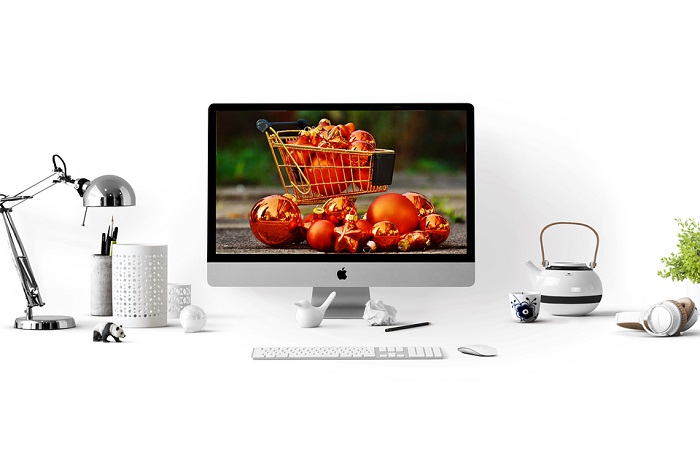Trends Expected to Drive the Holiday Shopping Season
According to industry experts, holiday spending this year is about to reach the highest point in retail history. Digital sales, in particular, are expected to rise by 25 percent, as consumers are slowly turning to mobile devices for all their shopping needs. Given that Gen Z (the demographic cohort that comes after the millennials) now represents the largest UK demographic, this shouldn’t come as much of a surprise.
What trends should drive the upcoming holiday shopping season? Here are 11 big ones:
- Consumers are expected to spend 10 percent more money this holiday season. Somewhat surprisingly, households with annual incomes less than £40,000 are also the most likely to increase their percentage spending budget.
- This season, college-educated millennials moving to a higher social class are expected to spend £400 more than the average consumer. They’re also likely to spend a third of their holiday budget on themselves.
- Gen Z is now 86 million strong, and their influence is visible in the rapid increase of digital content, particularly mobile videos. Unlike millennials who tend to enjoy new experiences, these Gen Z whiz-kids are all about the stuff. Among other things, they prefer authentic product reviews over generic ads.
- Millennial parents are generally looking out for others before themselves. This goes double for millennial parents who are caring for young children and working full-time jobs; when compared to the average consumer, these parents are twice as likely to use a mobile device for their purchase. E-commerce sales throughout the year are expected to exceed 25.2 billion pounds, as the smartphone is driving m-commerce.
- Customers are getting used to quick online checkouts, and they’re starting to expect the same hassle-free experience in physical stores. Checking a product’s price and availability via Wi-Fi is becoming a norm.
- With expectations of a 25 percent increase in annual digital sales, many retailers are paying more attention to digital channels. And speaking of annual increases, mobile shopping is also up 25 percent compared to the previous year. Everything seems to point towards the fact that consumers are going mobile, from looking up products and deals on voucher sites to paying for tracking packages.
- Approximately 60 percent of retailers are expected to accommodate their customers by offering both free shipping and free returns. Thanks to a wide variety of ordering, pick-up, and delivery options, the shopping experience should provide the ideal combination of speed, price, variety, and convenience.
- As mobile shopping gets more and more popular, many customers are starting to make their purchases based solely on the available deals and discounts. According to recent studies, we should expect 64 percent of consumers to begin their holiday shopping before Black Friday starts. Additionally, 29 percent of them will have bought almost everything they wanted by then.
- According to 80 percent of consumers, brands still matter. Established household names, new entrants, independent retailers, or local businesses – it almost doesn’t matter. Approximately 75 percent of participants in a recent survey plan to shop locally, and 56 percent are looking up independent retailers.
- This year, shoppers are likely to give an average of $244 to their preferred causes, with 75 percent of retailers expected to make charitable contributions of their own. The vast majority of consumers respond well to retailers dedicated to social responsibility.
- Nearly half of all households are pet owners, and the vast majority of them are expected to surprise their companions with a present. The average consumer will spend $62 on pet gifts, but millennials are likely to outspend them at $81 each.




















